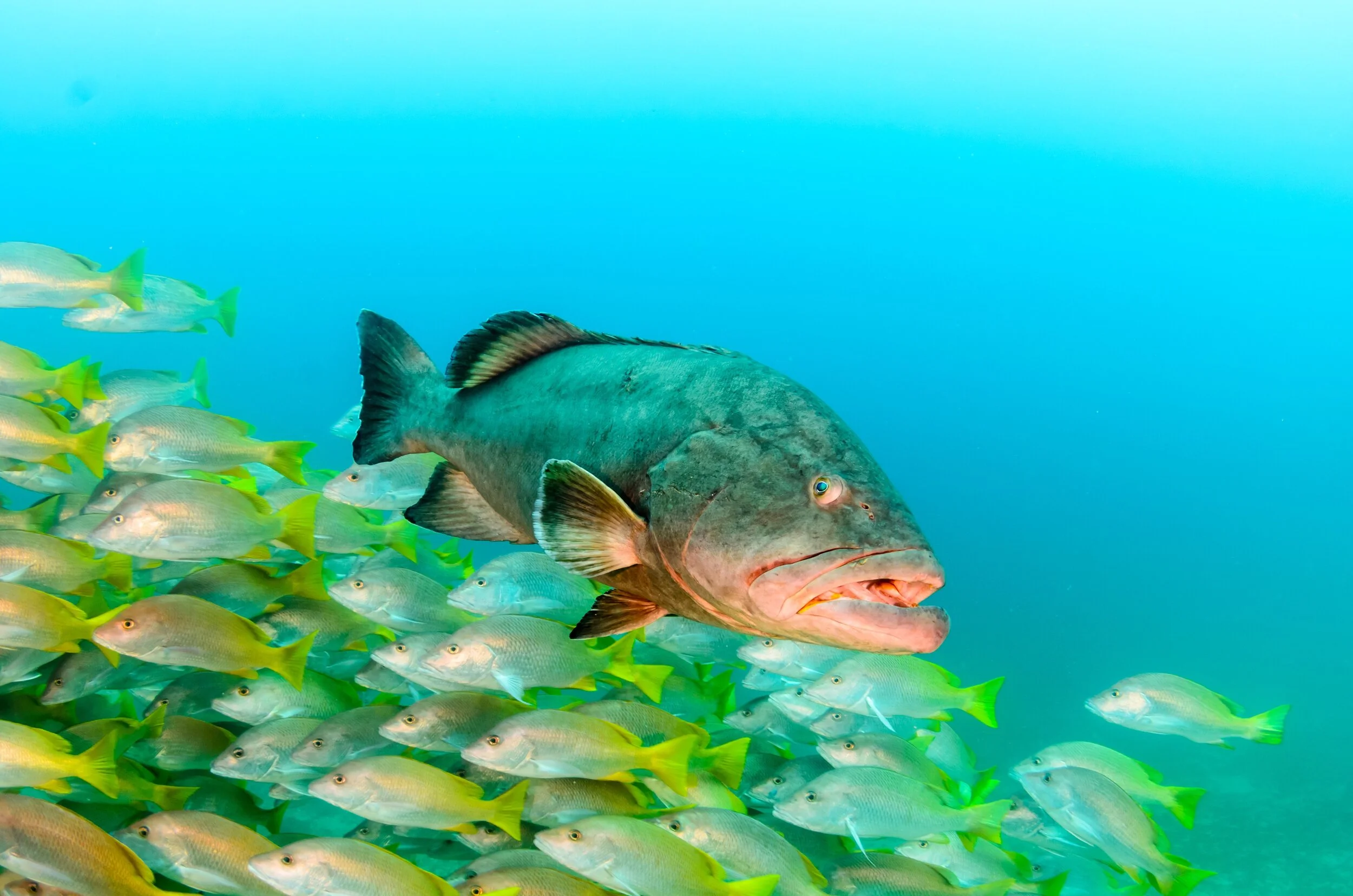Where we work
We focus on the Southeast Region, a beautiful coastal area of Mexico with unique biodiversity, wonderful people, and towns with rich tradition and history.
WHAT MAKES THIS REGION UNIQUE?
The Southeast Region has been home for hundreds of years to small communities that still live from fishing and agriculture and keep their traditions alive.
Isla Cerralvo, Sierra La Laguna, and the coral reef of Cabo Pulmo National Park are Protected Natural Areas recognized as World Heritage Sites.
The Cabo Pulmo reef provides food and protection for many species and exports large fish to the waters surrounding the park.
The Gulf of California is home to more than 7,000 registered species of fish and they generate more than half of Mexico's fishing resources.
Five of the eight species of turtles in the world and 17 species of seabirds are also found in these waters.
32 species of cetaceans (dolphins and whales) come to our islands and coasts or live around them.
A significant number of unique species on the planet (endemic) reproduce on these lands.
Issues IN THE SOUTHEAST REGION
In the last 40 years, Cabo San Lucas located just 20 miles from here, has seen dramatic growth in construction and tourism. The coast between Cabo San Lucas and San José del Cabo now is home to a massive string of hotels, time-shares, and hotel complexes that have in turn brought a huge increase in the population. According to recent studies, this explosive development has caused economic growth but also the destruction of ecosystems, reduced access to fresh water sources, and the loss of public access to beaches.
With increasingly scarce coastal spaces in Los Cabos, the Southeast Region is the new focus of interest for the development of tourist centers.
Why It Matters
The close interrelationship between two major systems, the terrestrial and the marine, makes coastal communities like ours fragile. These systems are easily affected by water runoff from the mountains, which flow through arroyos to the coast, carrying different types of materials, sediments, and pollutants.
The main alterations are caused by the construction of tourist-real estate or mining projects, which lead to the modification of the habitat by clearing the land, construction of docks, walls, piers, channels, obstacles, use of explosives extraction of construction materials (sand and pebbles) and pollution.
The dynamics and permanence of our dune and wetland systems, terrestrial and maritime flora and fauna, our coral reef, fresh water sources, and consequently the livelihood of all its inhabitants, depends on the maintenance of this delicate balance.
As a community, we need to secure more areas where life is protected and where we maintain a balance with nature.
Another of the main concerns is access to fresh water, which is very scarce in the region. The aquifers, especially those of the Sierra de la Laguna, provide water to ranches and most of the communities in the south of the state, including cities such as Los Cabos and La Paz.
Currently, we do not know how much water is used for tourism in the Southeast Region and our recent study indicates that if we continue to grow at the rate that Los Cabos has done, in 20 years we will need at least 46% more water than is recharged annually due to rainfall in the region.
Furthermore, if these water sources are contaminated by construction or mining, the health and well-being of residents can be seriously affected.
It is vital for everyone to generate clearer information about the quality and availability of our water in order to plan for sustainable development.
CABO PULMO INSPIRES US
IN 1995, CABO PULMO RESIDENT FISHERMEN, ARMED WITH INFORMATION FROM THE UNIVERSITY OF BAJA CALIFORNIA SUR, MADE THE DIFFICULT DECISION TO STOP FISHING THE DAMAGED REEF AND DEDICATE THEMSELVES TO PROTECT IT.
The success of this decision is evident from the recovery of the fish and plants that the Cabo Pulmo reef has had. According to a study that monitored the reef over 10 years, biodiversity within the Park increased by 492%.
Currently, there are a little more than 14 species of sharks and 222 types of fish, there are also corals, dolphins, sea lions, humpback whales, turtles, and a large number of marine life.This has also transformed and improved the quality of life of its people; who now live from a family economy based on small-scale tourism, thanks to the visitors who year after year come to enjoy all its underwater wonders. The current challenge is that this number of visitors grows rapidly every year, so collaborative work is critical to keep Cabo Pulmo sustainable.
Cabo Pulmo National Park is now a protected area recognized by the United Nations as a World Heritage Site, and at BCI we are committed to its preservation, as well as sharing its success story and inspiring others.
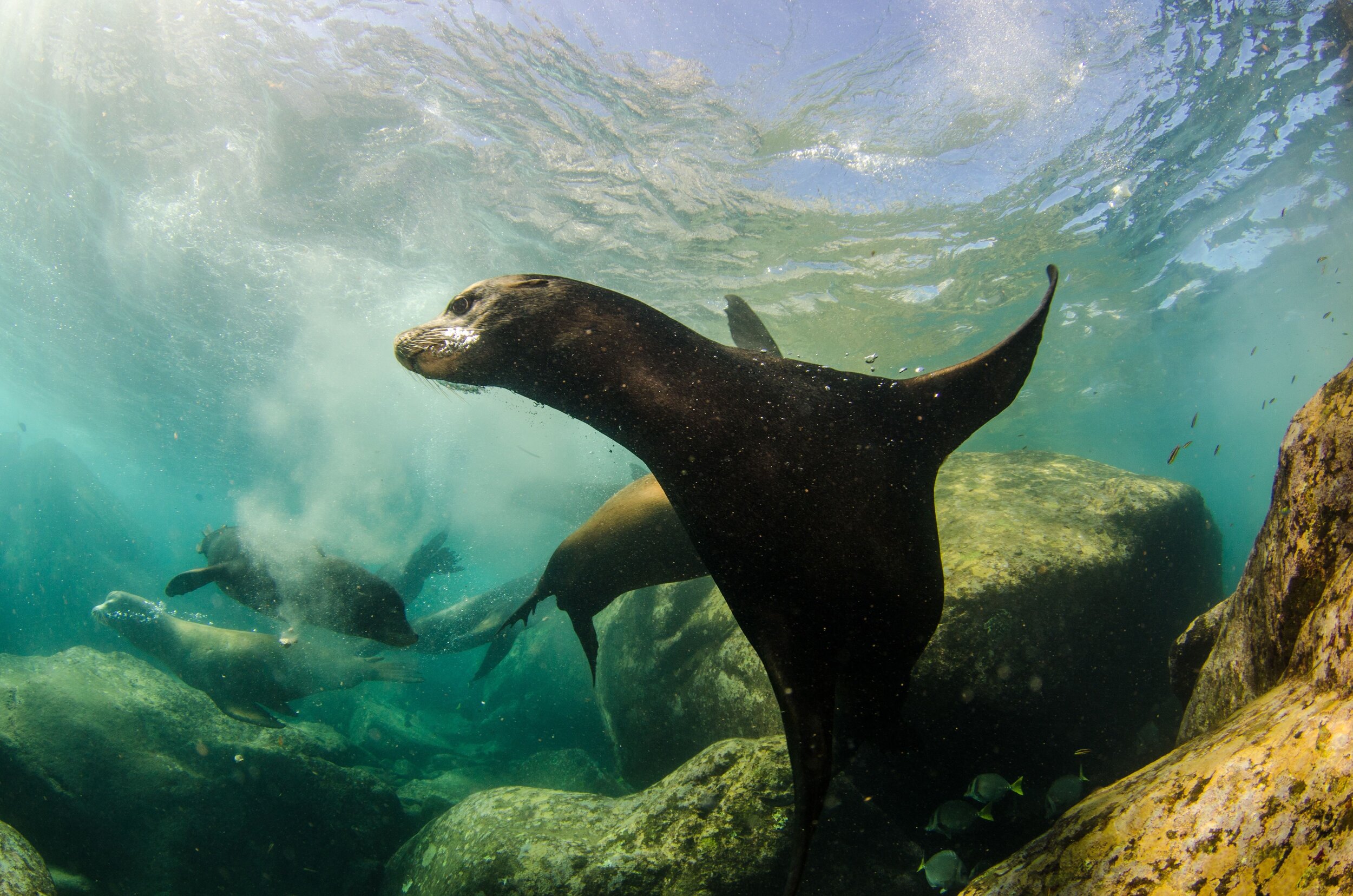



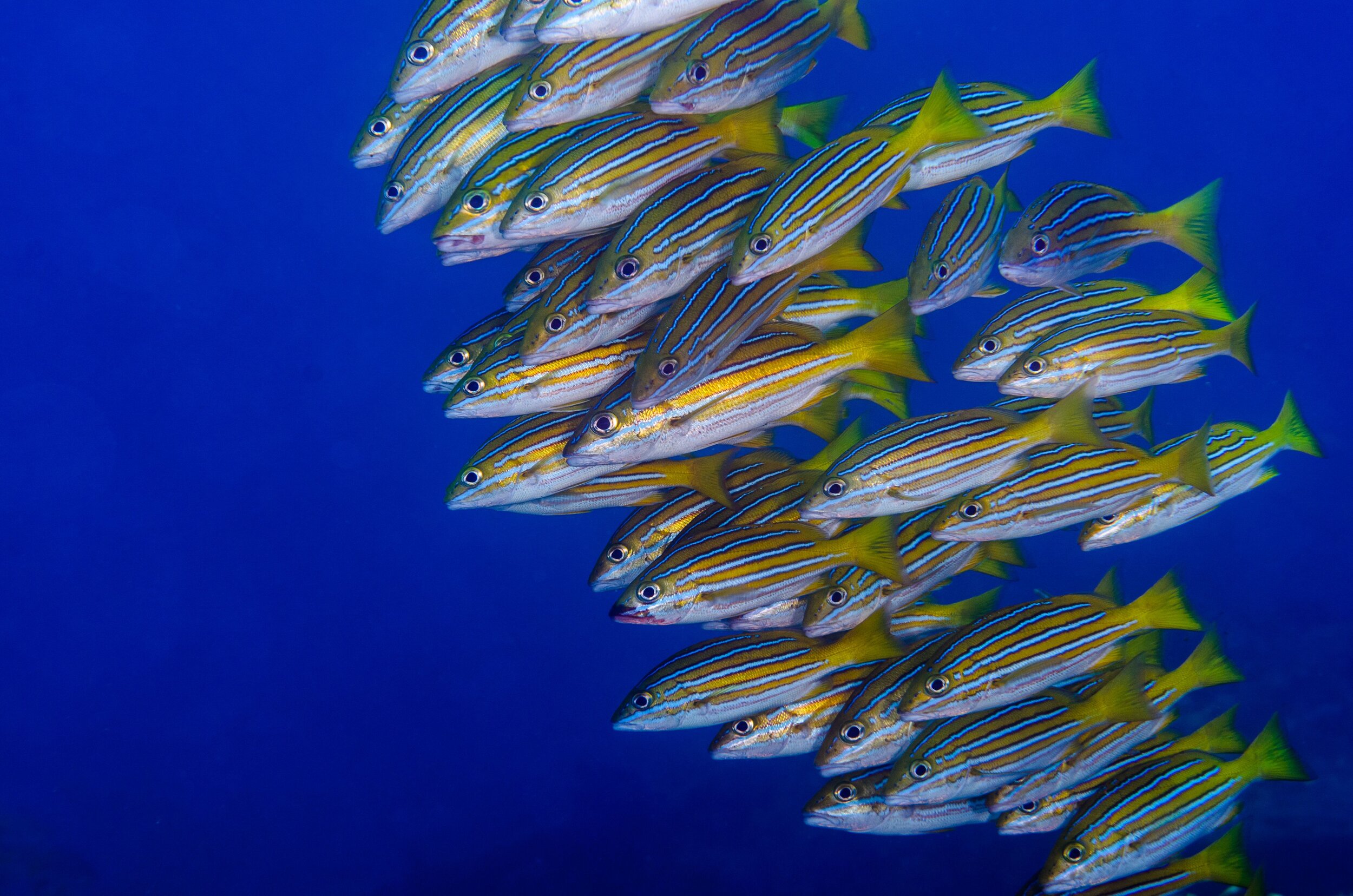

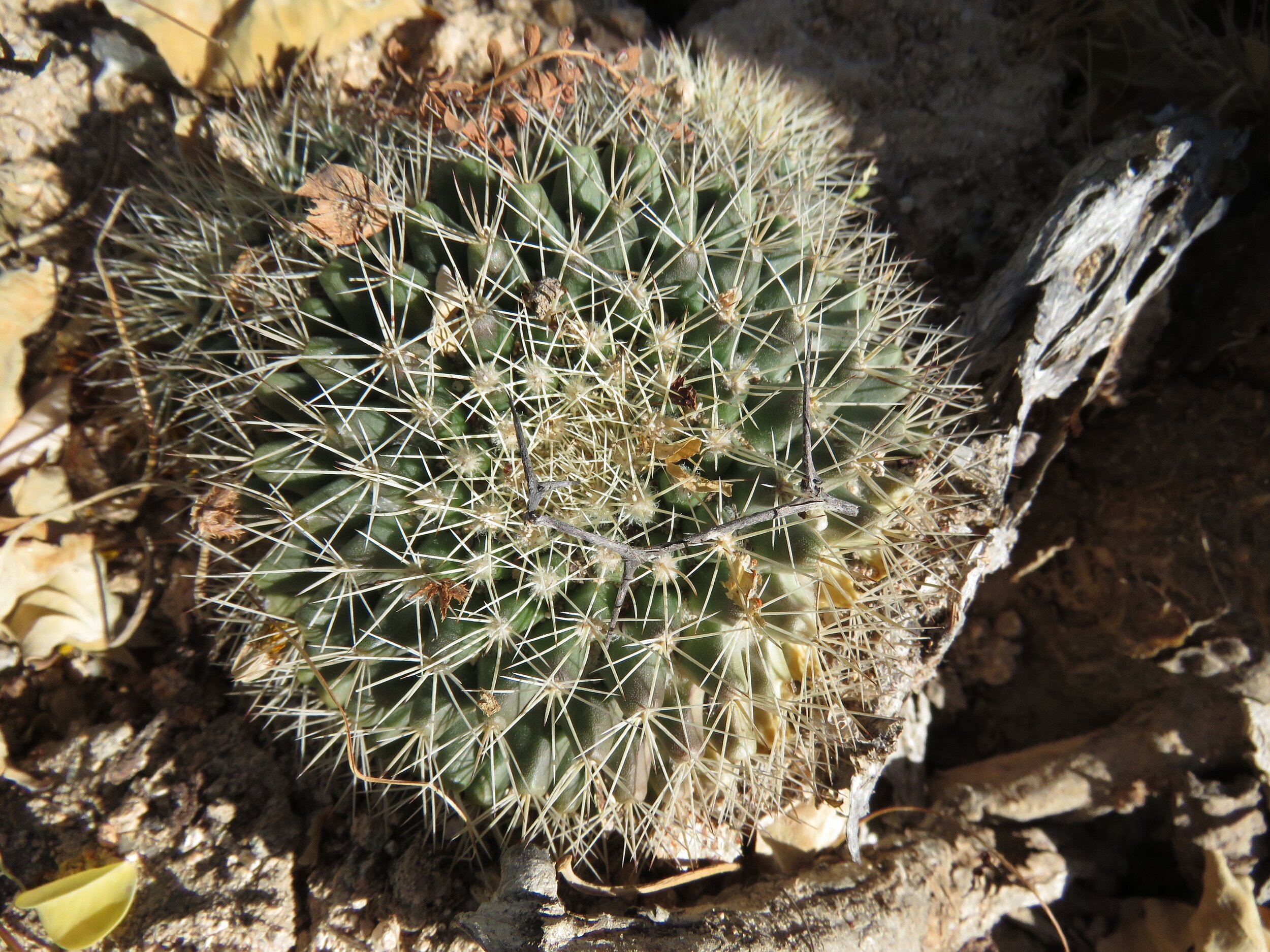
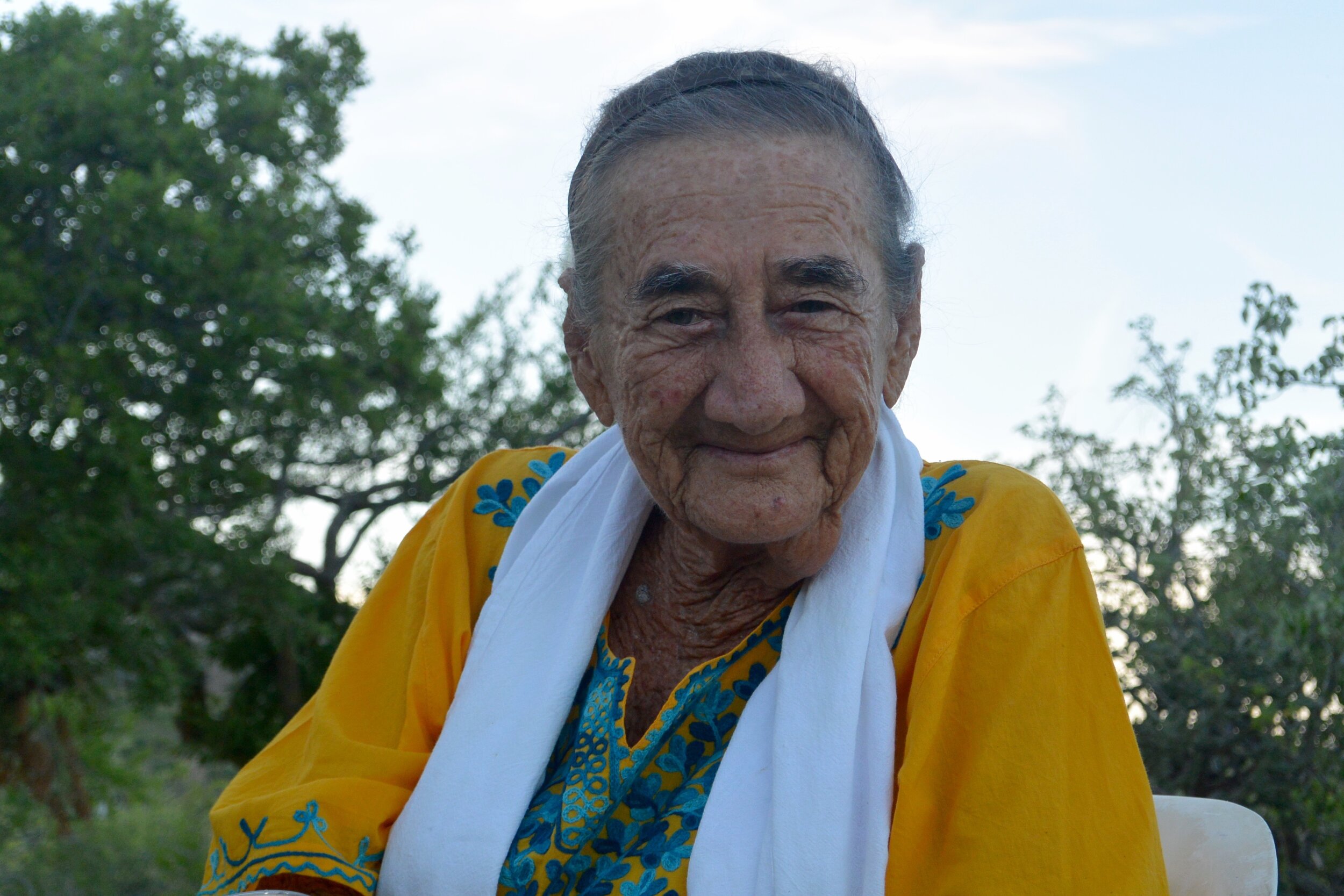



TAKE ACTION NOW
With your support, we can increase our positive impact in this beautiful region.

